Most aspiring directors wonder what it takes to create captivating music videos that truly resonate with audiences. In this post, you’ll gain insights into the intricacies of directing music videos, collaborating with diverse artists, and navigating the unique challenges of filming across international locations.
You’ll discover tips drawn from real-world experience that can help elevate your craft—whether you’re just getting started or looking to grow as a creative. From pre-production to post, every shoot offers new lessons that shape your approach and broaden your perspective.
Key Takeaways:
Collaboration with Artists: Building a strong partnership with musicians is essential for crafting a music video that reflects their vision and energy.
Logistical Challenges: Filming internationally requires careful planning—from permits and resources to navigating local customs.
Aesthetic Choices: The visual style of a music video should amplify the emotion of the song, using thoughtful color, location, and movement to support the narrative.
My Journey into Directing Music Videos
As you initiate on your journey into directing music videos, you’ll uncover the endless possibilities of blending creativity with storytelling. Each project allows you to explore new artistic avenues while collaborating with diverse artists and crews. With every experience, you’ll grow more proficient in translating musical elements into captivating visuals, leading to memorable cinematic moments that resonate with audiences worldwide.
Early Inspirations
I grew up during the rise of MTV, when music videos were evolving into full-blown cinematic experiences. Iconic videos like Thriller, Black or White, and Bad—the latter directed by Martin Scorsese—opened my eyes to what this format could be.
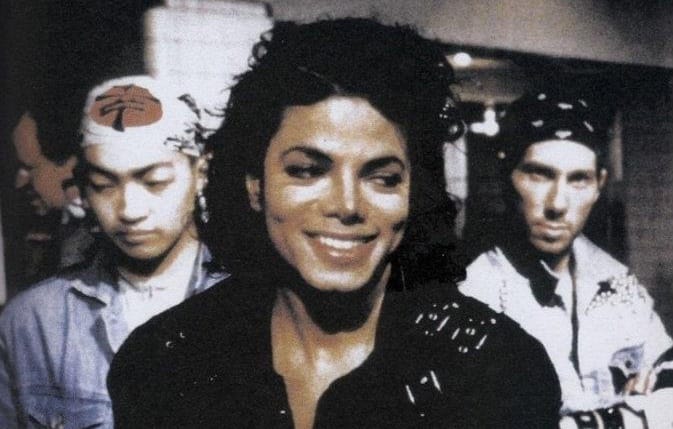
A cool full-circle moment came later in my career when I worked with Julian Mei, one of the dancers from Bad, on a music video for Monsieur Magnetik called Dark Glove. Around that same time, I also had the chance to contribute to MTV’s identity by creating an animated bumper for their channel, which felt like a personal milestone.
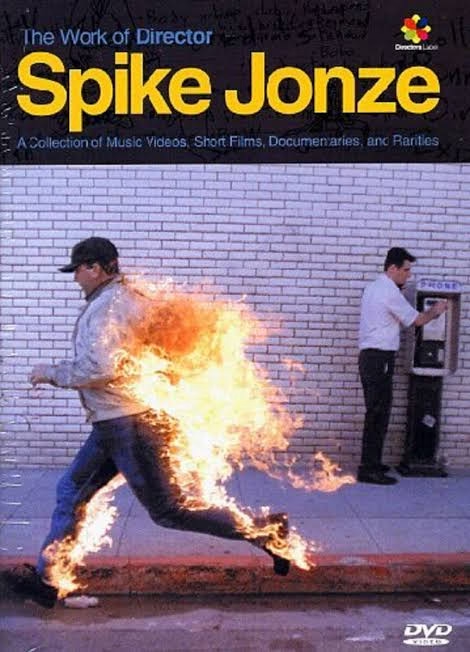
What truly inspired me back then was seeing music videos treated as true visual storytelling, not just band performances. Directors like Michel Gondry, Spike Jonze, and Chris Cunningham pushed the medium into bold, surreal, and often emotional territory during the 1990s. I still own the Work Of Director DVD series, which features their work and has become something of a collector’s item. For any filmmaker today, I highly recommend tracking down a copy—it’s a crash course in visual innovation.
Learning the Craft of Directing Music Videos
Mastering the art of directing music videos involves more than just picking up a camera. It requires a deep understanding of visual language, pacing, rhythm, and narrative. I studied different genres, styles, and production techniques while collaborating with talented crews and artists from around the world.
Workshops, personal projects, and mentorships helped refine my process. I explored both narrative-driven and performance-based formats, experimenting with color, lighting, and motion to build my directing voice.
But there’s no better way to learn than by doing—and that’s exactly how I started.
Milestone 1: From Animation to Music Videos
Coming from an animation background, my early work was 100% animation-related. Naturally, my first step into music videos began in that same world. I directed a video for Balimurphy – “On Arrête Pas Le Progrès”, where we shot everything on green screen. Together with the artist Izemo, we hand-drew and animated every frame. It was a labor of love, and a creative exercise that helped bridge my passion for movement and narrative.
Milestone 2: A Love Letter to Malaysia
My second big leap was Mandhand – “Old Buddy”, shot entirely in Kuala Lumpur, Malaysia. It’s a video about friendship, but it also served as a visual homage to the incredible cultural diversity of Malaysia—where Muslims, Indians, and Chinese Malaysians live and thrive together.
To capture that, I filmed in key neighborhoods across the city, highlighting that diversity. And staying true to my roots, I collaborated with local street art legend Kenji Chai, who shared raw Illustrator files of his artwork. Back in Belgium, working with editor John Pirard, we shaped hours of footage into a compelling story. I then created a new storyboard from that edit and sent stills to a group of animators around the world—giving them full creative freedom to merge Kenji’s designs with the world we captured.
As a young director and producer, I learned early that giving creative freedom to others can lead to some of the most vibrant, unexpected results—especially when you’re working with tight budgets.
Milestone 3: The Dude Would Approve
The third major turning point was Frades & Sika – “Autour d’un Verre”, a comedic music video and loving homage to The Big Lebowski. Though shot in Belgium, the goal was to make it feel unmistakably American.
We found the perfect location just days before the shoot. I brought together some of my most trusted and talented collaborators, and with the help of Marco Viera—an independent gaffer and cinematographer—we loaded a truck full of lighting gear and set off.
I storyboarded every shot meticulously, knowing we had to capture 180 shots in a single day, which led us to split into two units. Somehow, we pulled it off with virtually no budget.
A year later, I found myself in Venice Beach, Los Angeles, in the apartment of Jeff Dowd—the real-life inspiration behind “The Dude.” He watched our video in his trademark bathrobe, smiled, and gave his approval. That moment? Pure magic.
After that project, I realized I wasn’t limited to animation or any one style. I had found creative freedom—and from that point on, the sky was the limit.
Mastering the art of directing music videos involves more than just picking up a camera. It requires a deep understanding of visual language, pacing, rhythm, and narrative. I studied different genres, styles, and production techniques while collaborating with talented crews and artists from around the world.
Workshops, personal projects, and mentorships helped refine my process. I explored both narrative-driven and performance-based formats, experimenting with color, lighting, and motion to build my directing voice.
Collaborating with Artists While Directing Music Videos
At the heart of every successful music video is trust. Developing a real partnership with artists—understanding their personality, message, and audience—creates a space where both visions align.


Today, with platforms like Instagram, TikTok, and Spotify, it’s easier than ever to reach out to artists and initiate collaborations. In fact, two of my favorite projects came from exactly that:
“Dessert” for Roméo Elvis and “Clonez-moi” for Caballero & JeanJass both began through simple outreach to their manager via Facebook. That led to a direct creative exchange, and eventually, we planned and shot videos together in Shanghai and Los Angeles.
These types of connections remind me that collaboration doesn’t have to be complicated—it just needs a shared vision and honest communication.
Building Relationships
For effective collaboration, building strong relationships with artists is important. Establishing trust and understanding early on can lead to more productive conversations and artistic freedom. Take the time to learn about the artist’s vision, personal experiences, and preferences, which will help you create tailored content that resonated with both the artist and their audience.
Creative Processes and Challenges
Along the way, you’ll encounter various creative processes and challenges that will test your adaptability and innovation. Collaboration often requires compromise, as you balance your artistic vision with the artist’s input and constraints. Embracing flexibility can help you navigate these hurdles, ultimately resulting in a richer collaborative experience.
For instance, you may face differing ideas on aesthetics or storytelling, which can lead to constructive discussions that push the project in unexpected directions. By remaining open to suggestions and feedback, you find ways to merge your concepts and create something truly unique. Additionally, working within time and budget constraints can inspire creative solutions, prompting you to think outside the box while still delivering a compelling music video that captures the essence of the artist and their music.
The Art of Storytelling in Music Videos
Storytelling in music videos is powerful. It creates emotion, draws people into the song, and adds a visual layer that helps fans connect more deeply with the artist. Through visuals, you have the opportunity to transform lyrics into relatable narratives, creating a lasting impact. Understanding the balance between the artist’s vision and your narrative style is key to engaging viewers while enhancing the music experience.
Concept Development
I start by diving deep into the track—understanding its mood, tone, and message. From there, I brainstorm scenes and visuals that enhance the emotional thread. I sketch, build mood boards, and explore different narrative angles before locking in a final direction.
Since I am quite a nerd, I also developed my own tool, one is called “The Art Of Director Treatment” that help me to streamline and execute my treatment, another one is called “Production Mogul” and is my digital EP, another brain that I can consult anytime I need to make some production choices, budget estimates and more. Lastly I also created “AI Render Pro” it’s a tool that I trained specifically to help me design and assist me in the pre visualization of my ideas, I actually now do sell this tool and thinking about doing the same for all of them.
With concept development, you lay the foundation for an effective music video. Collaborating with the artist allows you to capture their vision while brainstorming unique ideas that resonate with the track. Sketching scenes or creating a shot list can help you visualize the story, ensuring a solid direction before filming begins.
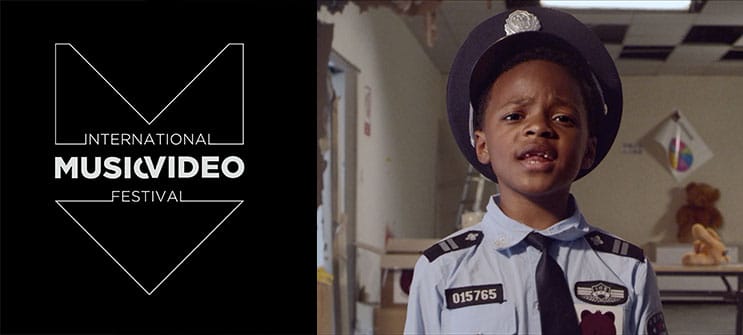
Visual Aesthetics
Aesthetics play a vital role in how your audience perceives the narrative in your music video. The right color schemes, lighting, and locations can evoke emotions that complement the music, while stylistic choices enhance the story being told. Your decisions regarding costumes, props, and camera angles can significantly affect the overall visual impact.
Plus, exploring various visual styles can help distinguish your music video in a crowded market. You may want to experiment with contrasting themes, such as using vibrant colors in somber narratives or minimalist designs for more complex stories. Making conscious aesthetic choices allows you to elevate the storytelling aspect, turning each frame into an evocative piece of art that resonates with viewers long after the video ends.
Collaborating with Brands
As a director—and sometimes a producer—I often look for ways to bring brands into the mix, especially when working with indie artists who may have limited budgets. When done right, brand collaborations elevate the production value and offer something authentic to both the artist and the sponsor.
Here are three examples from my work:
“Le Monde a Changé” with Caballero & JeanJass was sponsored by Converse China and shot in Shanghai.
“Clonez-moi” in Los Angeles received support from Fujifilm, where we even tested one of their new cameras during the shoot.
That collaboration led to an interview with Fujifilm, filmed in L.A. at the home of James Trussart, the legendary guitar maker for acts like The Rolling Stones, Bob Dylan and many more.
In other cases, brands lead the collaboration. For example, I directed two projects for Coca-Cola and Universal Music featuring Xin Liu, a major Chinese pop star. One was shot in Beijing, and the other brought her together with French DJ duo Ofenbach, under the creative direction of Dan Massie, known for his live work with artists like Taylor Swift.
When brands, artists, and directors align creatively, the result can be far more powerful than the sum of its parts.
Filming Music Videos Internationally
Shooting around the world has given me a unique perspective on music, culture, and visual storytelling. Each location offers new textures, styles, and creative possibilities.
Cultural Considerations
Understanding the local context is critical. I always take time to learn about the community, cultural norms, and customs to make sure the video feels authentic—and respectful.
Navigating Logistics
Filming overseas isn’t easy. From scouting to permits, language to transportation, every production is different. But with solid planning and the right local support, you can unlock amazing opportunities for storytelling. I would say the key to success here is to find first the right partner, preferably locally that can guide you to the process. In my case some of those collaborations become long lasting ones.
Milestone 4: Directing a Music Video That Almost Got Me Jailed
More than 10 years ago, I was in China for a job and decided to produce and direct a music video on the side. The concept revolved around a moody, Chinese-style cabaret—an homage to the steamy nightlife of early 2000s Shanghai, paralleling the atmosphere of the 1930s French Concession era. A time when gangsters from the Green Gang ran the opium trade, gambling, and underground clubs.
Originally, I wanted to shoot on a set, but the cost of building the environment far exceeded our budget. Eventually, we discovered an abandoned venue with the perfect look—but it was owned by a mysterious landlord no one seemed to have access to.
After weeks of persistence, we were finally granted an audience. And it truly felt like stepping into a film noir. A long hallway of doors, girls vanishing behind curtains, and at the end, a desk and a man with a pinky fingernail straight out of the 1930s. I was with my friend Ming, who acted as my translator. The landlord was skeptical—he asked about a previous tenant who owed him a large sum of money, which was apparently the only reason we were even granted the meeting.
Still, I pitched the project as passionately as I could, explaining how much we loved the decayed atmosphere of the space. It must’ve clicked—he heard “money,” and we got the location.
Julian Mei helped me cast the performers and choreograph the scenes. I wanted each performer to represent a different element of nightlife: one embodied cigarettes, another alcohol and seduction, another vanity, and finally, sexuality and freedom—brought to life in a solo dance sequence at the end.
The shoot was smooth. My storyboard was cut precisely to the music. But the original track fell through, and we ended up using a song called “Dark Glove” by Monsieur Magnetik instead.
Now, here’s the twist—I had overstayed my visa. I thought I had a 3-month stay, when it was really a 1-month limit. I had mixed up “3-month entry” with “3-month stay.” Classic rookie mistake.
I was young, bold, and (naively) thought I could talk my way out of it. I tried negotiating with the local authorities, but they politely shut that down. “We don’t do that anymore,” they told me. My options were clear: pay a fine or go to jail. I briefly considered the jail experience—purely for the story—but opted for the fine.
Looking back, that shoot was wild, risky, and totally worth it. It taught me how far passion can take you—even if it almost gets you deported.
The Role of Travel in My Creative Process
Travel isn’t just part of the job—it’s one of the most important sources of inspiration in my work. I’ve had the chance to collaborate with people from so many different cultures and backgrounds—Chineses, Indians, Malay, French, Jewish, Budhist, Muslim, Christian, non-religious, rich, poor—you name it. And what I’ve realized is, despite our differences, there’s something deeply human that connects us all.
Those shared moments on set, the exchanges of ideas, the problem-solving across languages—that’s what fuels me creatively. I can’t imagine my career without the travel, without the people, and without the fresh perspectives that come with every journey.
The Role of Technology in Music Video Production
Tech plays a major role in modern music videos. From camera gear to editing software, the tools we use help shape the stories we tell. From 16mm camera to digital, from pencil to Wacom tablet, I always see technology as a mean to successfully and precisely express myself.
Equipment and Techniques
Using high-end cameras and lighting can make a big difference, but it’s also about how you use them. I often incorporate drone shots, gimbals, and different lens setups to create depth and motion.
Post-Production Innovations
One of the most exciting aspects of music video production is post-production, where your vision becomes reality. Advanced editing software and special effects can transform raw footage into an engaging visual experience, allowing you to play with colors, transitions, and graphics.
In fact, innovations in post-production technology have revolutionized the way you can create and manipulate content. Tools like Adobe Premiere Pro and After Effects offer expansive features that enable seamless editing, color grading, and visual effects integration. The utilization of AI for digital matte painting and set extensions are something that I use now quite often in my workflow.
These advancements allow you to design intricate narratives and cohesive themes, ultimately enhancing the storytelling aspect of your music videos.
Exploring XR in Music Videos
Recently, I directed two XR-based music videos in Thailand where XR technology was at the heart of the concept. These weren’t just videos with a bit of CGI added—they were fully designed around immersive, extended reality environments.
We used XR screens to build entire digital worlds live on set, allowing us to craft visuals that responded in real time to the camera and lighting setups. This workflow gave us the flexibility to experiment while maintaining a strong visual identity.
These projects are a great example of how technology can expand creativity, especially when paired with solid storytelling and real-time decision-making.
The Impact of Directing Music Videos on Artists’ Careers
One of the most exciting parts of working with musicians as a director is tapping into the energy of their fanbase. Artists often have deeply engaged followers, and as a director, you get to experience that excitement firsthand. I always enjoy scrolling through YouTube comments after a release—fans are discovering the video for the first time, sharing their interpretations, and even spotting hidden meanings we didn’t intentionally place there.
Working with a major Chinese pop star, we were even invited to one of her stadium shows. Standing there, feeling the energy of the crowd, you realize how powerful this medium is—not just for the music, but for the visual narrative that supports it.
Music videos are also a great opportunity for artists to see their work through a fresh lens. A director brings a new point of view, offering fans a different way to connect with the music and deepening the artist’s overall story. It creates a bridge—not only between the music and the visuals, but also between audiences and the people behind the scenes.
Personally, I love creating cultural crossovers—bringing American artists to shoot in China, Chinese artists to France, or Thai artists to Belgium. It’s a way to expand the artist’s world and invite their audience to discover something new. In doing so, I hope we can show that we’re all connected, that creativity has no borders, and that this planet is still a beautifully complex and inspiring place to be.
Music videos are powerful branding tools. They don’t just promote a song—they help define an artist’s image, connect with fans, and reach new audiences.
Marketing and Promotion
Among the various marketing tools available, music videos stand out as a powerful way to promote new releases. They create engaged audiences by offering a visual narrative that complements the music, making it more shareable across social media platforms. This allows you to reach a broader demographic and enhances visibility in a saturated market.
With platforms like Instagram, YouTube, and TikTok, a strong music video can travel far. Visual storytelling turns listeners into fans, giving them something to connect with beyond the track.
Connecting with Audiences
A great music video creates an emotional response. It makes a song more memorable, more shareable, and more human. That’s the real goal—making people feel something.
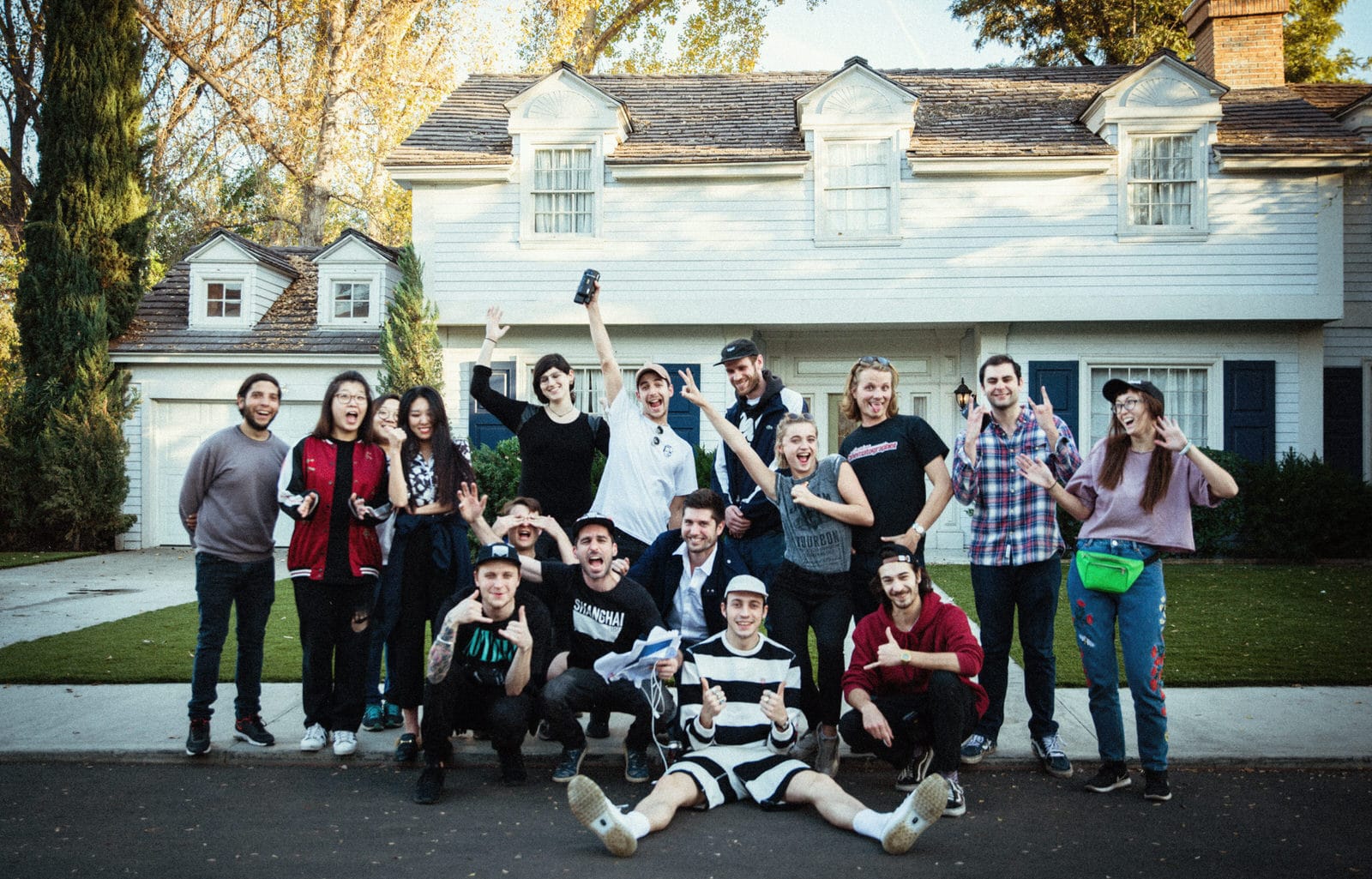
To wrap up
Directing music videos has taken me around the world and into the creative minds of countless artists. It’s a space where collaboration, culture, and craft all come together—and one I continue to learn from every day.
If you’re passionate about music and storytelling, this field is one of the most exciting and rewarding places to grow as a director.
FAQ
Q: What are the key challenges you face when directing music videos internationally?
A: Filming abroad involves cultural sensitivity, legal prep, and language awareness. But with the right planning and local crew, those challenges can become creative strengths. I would say find the right partner is key.
Q: How do you approach collaborating with artists?
A: Open communication from the start. I share ideas, visuals, and moodboards early, and keep the artist looped in through every step of production.
Q: What’s a memorable experience you’ve had filming in another country?
A: It’s an hard question because every experience is unique and memorable to me, I did liked the music video we shot for “Eloise” in Mid city LA, we really had such a good time and the subject matter was important to me.
Discover more from Olivier Hero Dressen Blog: Filmmaking & Creative Tech
Subscribe to get the latest posts sent to your email.





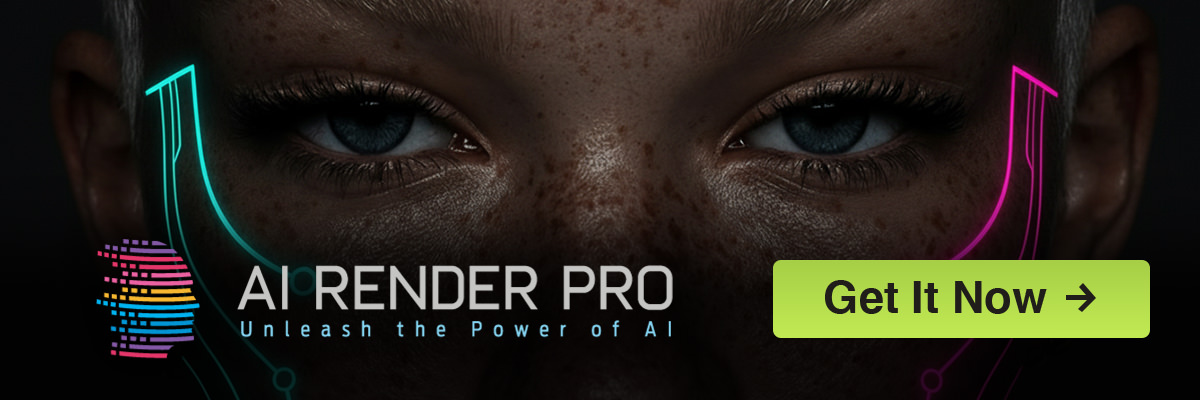
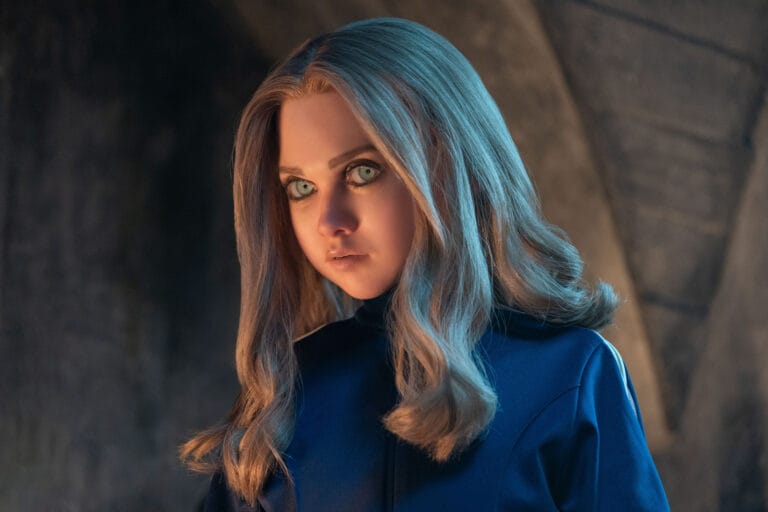

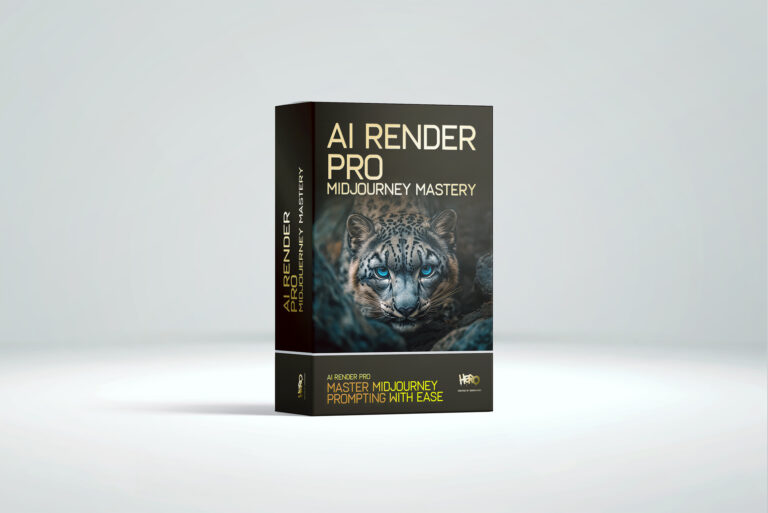
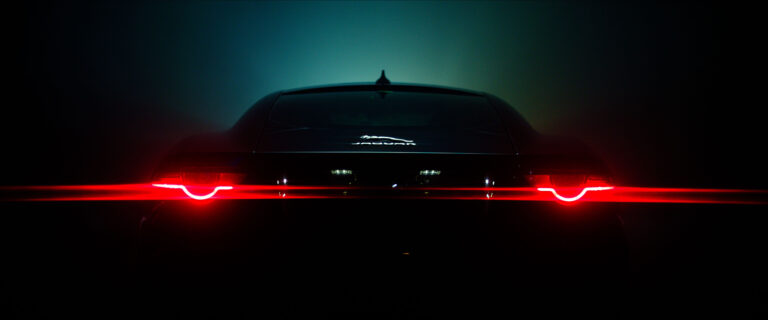

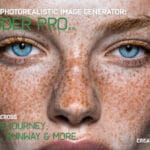
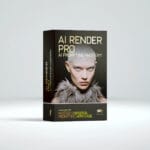
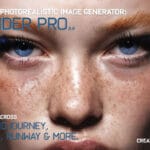
[…] of the character you want to animate. Runway then analyzes the facial movements in the driving video and maps them directly onto the character. This is incredibly powerful for syncing dialogue to a character that already […]
[…] users will have “native audio generation, bringing environmental sounds and character dialogue directly into video creation”. The idea is to make your AI footage as close to a rough cut as possible. For filmmakers, Flow […]